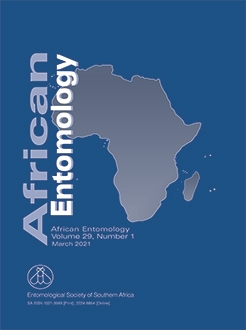Culex pipiens (L.) has a wide distribution worldwide and is the main vector of many diseases. Mass rearing of all target vector mosquito species is frequently required for public health research and vector control. Vector mosquito species are anautogenous, they need vertebrate blood for egg production. Therefore, female blood feeding is essential for colonisation. Various artificial feeding methods have been developed over the years but they lack consistency. Thus, we have developed an artificial feeding technique for rearing and infection experiments as an attempt to establish a practical guide for vector research. Culex mosquitoes were fed directly and artificially; four blood sources (human, cattle, rat and pigeon) and three different membranes (chick, sausage casing and Parafilm-M®) were assessed based on feeding rate, fecundity, oviposition, egg hatchability and infectivity. The chick membrane was considerably more efficient than sausage casing and Parafilm-M. Using the chick membrane with different blood sources, feeding rates (FR) were 89.60 %, 86.20 %, 61.60 %, 50.40 % for human, cattle, rat and pigeon blood, respectively. There was statistically no significant difference in FR between cattle and human blood. Hepatitis C virus infection was carried out successfully using the artificial feeding technique with chick membrane. RT-PCR readings proved that Culex pipiens can harbour this virus for five days through the midgut region. Cattle blood with chick membrane in mosquito rearing is a good substitute for human blood and live feeding for its availability and cost effectiveness. Overall, this method could be recommended in mosquito experimental infection, vectorial capacity and pathogen interactions studies.
How to translate text using browser tools
23 March 2021
Effects of Blood Sources and Artificial Blood Feeding Membranes on the Biological Parameters and Hepatitis C Virus Infectivity of Culex pipiens (Diptera: Culicidae)
F.I. Abdallah,
M.H. Rady,
B.A. Merdan,
F.A. Shaarawi,
A.F. Mohammed,
K.A. Alshammery,
A.A. Al-Khalaf,
T.A. Selim,
A.A. Dahab
ACCESS THE FULL ARTICLE
It is not available for individual sale.
This article is only available to subscribers.
It is not available for individual sale.
It is not available for individual sale.

African Entomology
Vol. 29 • No. 1
March 2021
Vol. 29 • No. 1
March 2021
infectivity
mosquito
vector capacity





